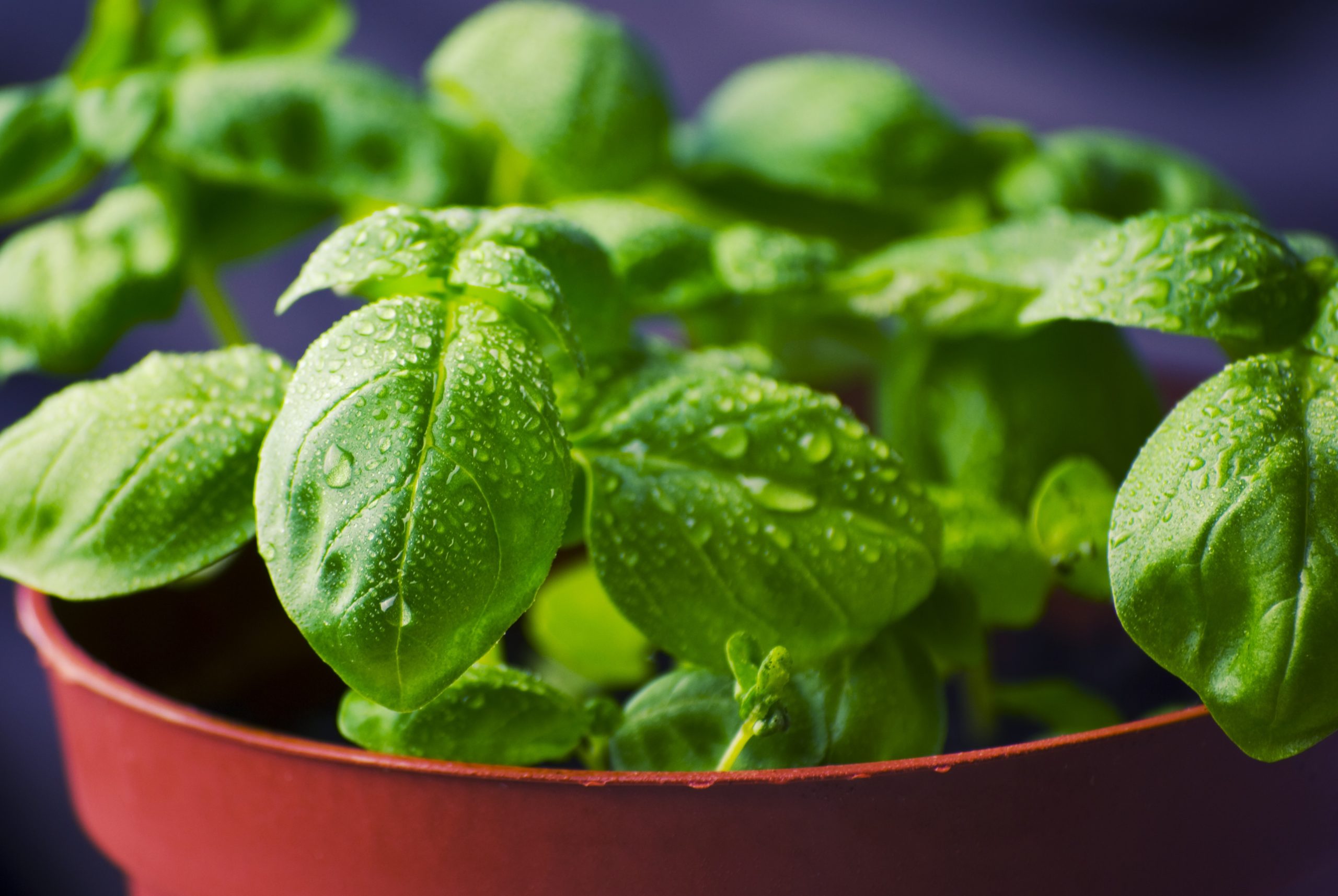Growing Peppers Indoors – Guidelines & Tips
Growing your own vegetables indoors can be a rewarding experience but can be tricky if you don’t know what you’re doing. Peppers are one vegetable that are often grown indoors and growing them successfully requires a few simple guidelines and tips. Here’s what you need to know about growing peppers indoors.
Location
The first thing to consider when growing peppers indoors is the location. You need to find a spot that receives plenty of light, preferably 6-8 hours a day. If you don’t have a sunny window in your home, you can always buy an artificial growing light. Make sure the spot has good air circulation and is not too hot or cold.
Soil
One of the keys to successful indoor pepper growing is starting with a high-quality soil. Peppers need soil that is well-drained and has a slightly acidic pH level. You can buy pre-mixed soil or mix your own potting soil from ingredients such as vermiculite or perlite, peat moss, and compost.
Planting
It’s best to start with small plants or seeds instead of trying to grow peppers from seedlings. Peppers need plenty of room to spread out their root systems, so make sure to plant them in containers that are big enough. You can also add support for the plants such as stakes or trellises.
Watering & Feeding
It’s important to keep the soil moist but not soggy. You want to avoid overwatering, as this can lead to root rot. Make sure to water regularly but only when the soil is dry. You can also provide your peppers with additional nutrition by feeding them with a liquid fertilizer every few weeks.
Temperature & Humidity
To ensure your peppers have the best chance for success, you’ll need to keep an eye on the temperature and humidity. Peppers prefer temperatures between 65-85°F throughout the day and should not be exposed to temperatures lower than 55°F. Humidity should be kept at between 40-85%.
Harvesting
When growing peppers indoors it can be difficult to recognize when they are ripe and ready for harvesting. Generally, they should be allowed to mature on the plant until they are bright in colour and their exterior is firm. Leaving peppers on the plant for too long can reduce their sweetness and flavour, so try to harvest them just in time.
Conclusion
Growing peppers indoors requires a bit of know-how, but it can be a rewarding experience. Make sure to choose the right location with plenty of light, use the right soil, provide adequate water and nutrition, and keep an eye on the temperature and humidity levels. With these guidelines and tips, you’ll have the best chance of success in growing your own peppers indoors.



